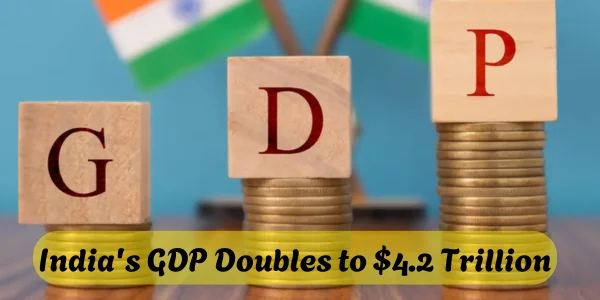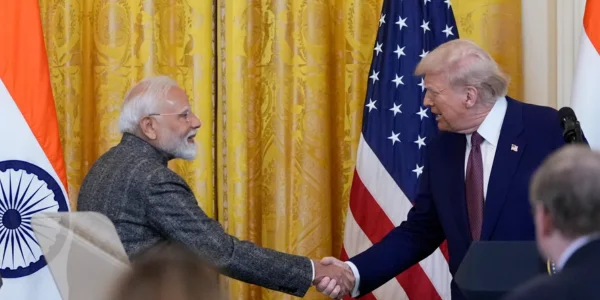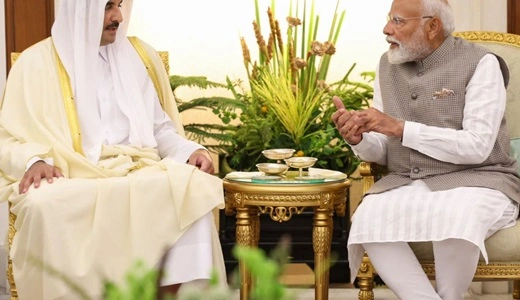India’s economy has demonstrated remarkable growth over the past ten years, with its Gross Domestic Product (GDP) doubling from $2.1 trillion in 2015 to a projected $4.27 trillion by the end of 2025, according to the latest data from the International Monetary Fund (IMF).
The Economic Times
Robust Economic Expansion

The IMF report highlights a real GDP growth rate of 6.5% for India in the current year, underscoring the nation’s strong and stable economic expansion. Real GDP growth accounts for the value of goods and services produced, adjusted for inflation, providing a clear picture of economic health.
Inflation Trends
Inflation remains a critical economic indicator. The IMF data projects an inflation rate of 4.1% for India, reflecting a stable price environment. Notably, retail inflation eased to a seven-month low of 3.61% in February, down from 4.31% in January, bringing it within the Reserve Bank of India’s targeted range of 4% to 6%.
Rising GDP Per Capita
The GDP per capita, measuring the average income per citizen, is estimated at $11,940 in terms of purchasing power parity. This increase suggests improved individual prosperity and living standards over the years.
Government Debt Concerns
Despite these positive indicators, the IMF report points to a general government gross debt standing at 82.6% of GDP. This high debt-to-GDP ratio indicates significant government borrowings relative to the country’s economic output, which could pose challenges for fiscal policy and economic stability.
Future Outlook
The doubling of India’s GDP over the past decade reflects the nation’s economic resilience and growth potential. However, addressing challenges such as managing inflation and reducing public debt will be crucial to sustaining this momentum. Continued focus on structural reforms and prudent fiscal management will be essential to ensure long-term economic stability and prosperity.

